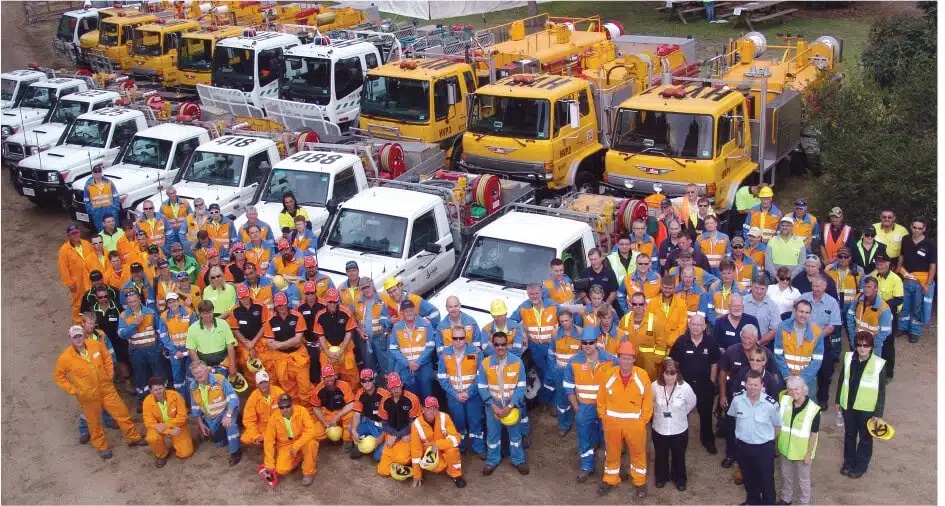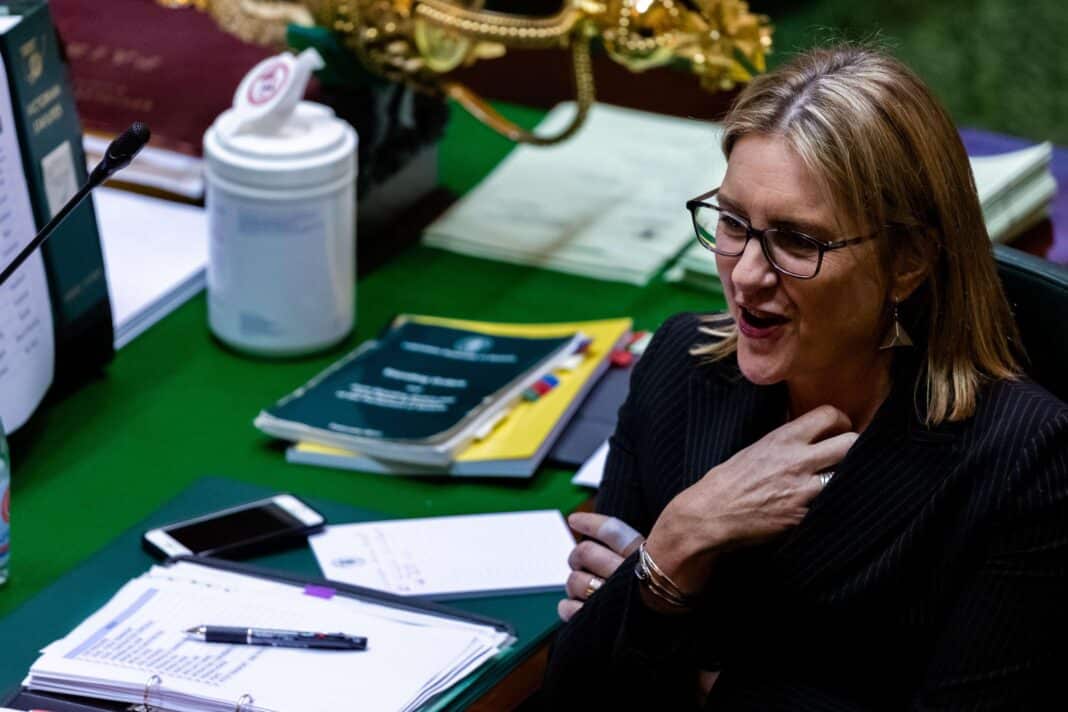Native forest harvesting has ceased in Victoria and WA, with the former Premiers McGowan (WA) and Andrews (Victoria) committing to end the practice starting on January 1 2024.
One of the major storylines of 2023, the decision to close the industry, has divided public opinion, with environmental groups lauding the decision for “protecting precious biodiversity and endangered species,” whilst locals lamented the decision as “the final death knell” for local communities that relied on the industry for generations.
It has seen the besieged Vicforests disbanded and absorbed into the Victorian bureaucracy after the Supreme Court ruled that the naive forest industry failed to survey for protected glider species adequately.
This has also led to a pause on “windthrow timber” salvage, leading experts to warn that excess fuel in the forest could affect the intensity of potential fires during bushfire season.

Last week, Wood Central reported that timber communities in WA are concerned that the decisions made by its government could lead to a hardwood supply shortage, with businesses that remain in the industry still waiting for further details about the much-vaunted “transition plan.”
Now, Timber Towns Victoria – a local government association formed in the early 1980s to represent the interests of communities connected to forestry on public and private land – has marked the decision with “deep sadness and regret.”
Timber Towns Victoria is Victoria’s peak local government body on forestry policy – it represents 12 Victorian local governments which have been incensed by the decision to bring forward the closure of the industry from 2030 to 2024.
According to Glenelg Shire Mayor Cr Karen Stephens, who is president of Timber Towns Victoria, the decision flys in the face of 60,000 years of history, with “forested landscapes likely to have been actively and adaptively managed by Aboriginal and Torres Strait Islander peoples for over 60,000 years.”
In November, Cr Stephens co-signed a letter to Victorian Premier Jacinta Allan demanding a meeting to discuss the decision, and today said, “The industry has long been misunderstood by the State Government and the broader community, which has ultimately brought it to its knees.”
She said, “The loss of active forest management practices will ultimately mean the loss of generational knowledge, loss of carbon capture in regrowth forest areas after harvesting, and the loss of the flow of benefits to communities and the environment.”
Referencing a 2021 economic impact report commissioned by the Wellington and East Gippsland Shires, she said the ban would result in 1,110 job losses and a drop in regional economic output by $308 million.

Announced by former Premier Daniel Andrews in May, more than 3 million hectares of stare forests will transition to “protected” conservation parks – with 600,000 hectares “managed” for timber cultivation.
However, according to a 2022 Forestry Australia report, the percentage of timber harvested in native forests is much lower – representing about 120,000 cubic metres of Victorian sawlog used in furniture, joinery, furniture and low-grade paper and pallet production.
According to Forestry Australia, these forests are “sustainably regenerative managed forests operating under the strict Australian Standards and stringent auditing” and “must maintain resilient and healthy forests that can withstand the impacts of threats, including bushfires, invasive species and climate change.”
“In contrast to the ban on native timber harvesting, there are a multitude of benefits from the sustainable management of our forests, and as the peak local government body for Victoria on forest policy, we wish to discuss these with the State Government and work towards a positive solution for Victoria and our communities,” according to Cr Stephens.
She said Timber Towns Victoria is now calling on the state government to “advise Timber Towns Victoria and the community, what strategies do you have in place for the future sustainable management of forest health, bushfire risks, conservation of biodiversity, and maximising carbon outcomes.”






